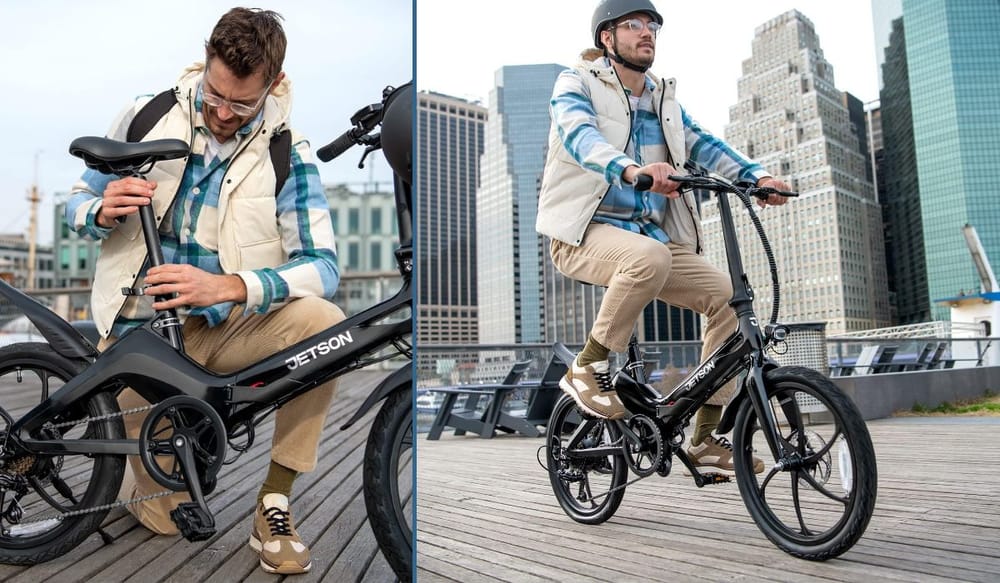An electric bike, also known as an ebike, is a bicycle that has an electric motor to offer pedaling assistance to the rider.

It blends the familiar form of traditional cycling with the added power of electric propulsion, providing a boost that can help you ride further and with less effort.
When my husband and I started looking for an ebike, the more we looked the more confusing it got. It's our goal with this article to guide you, the beginner, through the essentials of ebikes, their components, benefits and the transformative experience they offer for both commuting and leisure.
Read to the end and you'll find a checklist for you to compare different brands and models of eBikes to help you with your research, so you can choose the best ebike for your needs.
Key Takeaways
- E-bikes enhance traditional cycling by featuring an electric motor, a battery, and a controller, making riding easier and catering to different riding styles with various designs and modes.
- The range of e-bikes can vary significantly from 20 to 100 miles on a single charge, influenced by the battery capacity, rider weight, terrain, and conditions, with a proper match of battery to manufacturer specs needed for optimal e-bike performance.
- E-bikes are divided into classes that dictate their speed limits, with Class 1 and 2 capped at 20 mph, and Class 3 up to 28 mph, subject to local laws, and offer various benefits including health gains and environment-friendly commuting options.
Decoding the E-Bike: A Modern Twist on Traditional Cycling
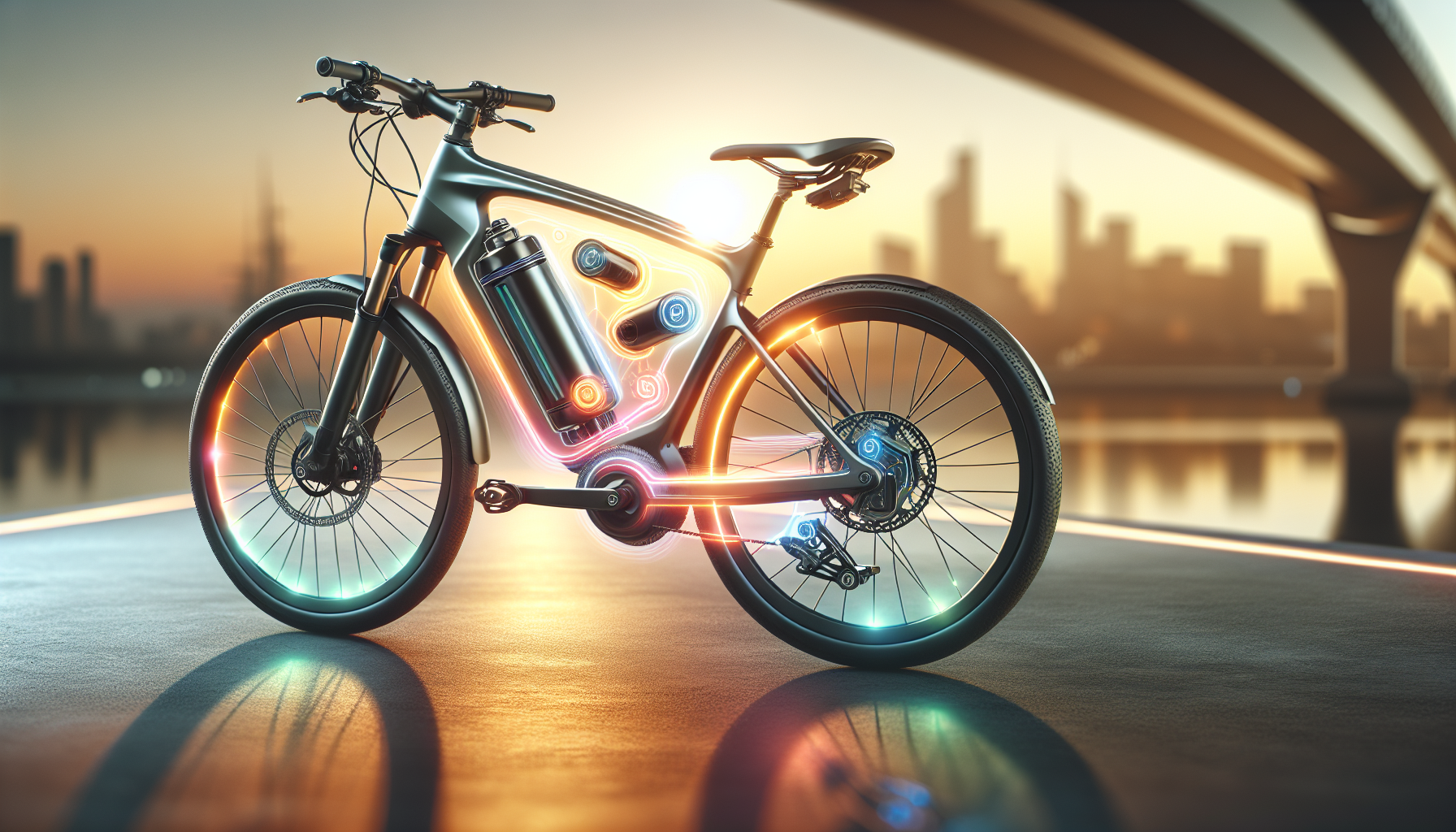
Electric bikes can be considered as enhanced versions of traditional bicycles. They feature:
- An electric motor that gives you a boost, making cycling easier and faster
- A battery that powers the motor
- A brain-like component known as the controller, which controls the amount of assistance you get
The e-bike movement owes its success to these three components, supplemented by smart technologies and lightweight materials.
However, e-bikes aren’t a new invention in the technological world. The concept has been around since the late 19th century, gradually evolving over the decades. However, it was the pedal-assist e-bikes of the 1990s that sparked a significant shift, giving birth to the high-tech, versatile e-bikes we see zipping past us on city streets and mountain trails today.
The Anatomy of an Electric Bike
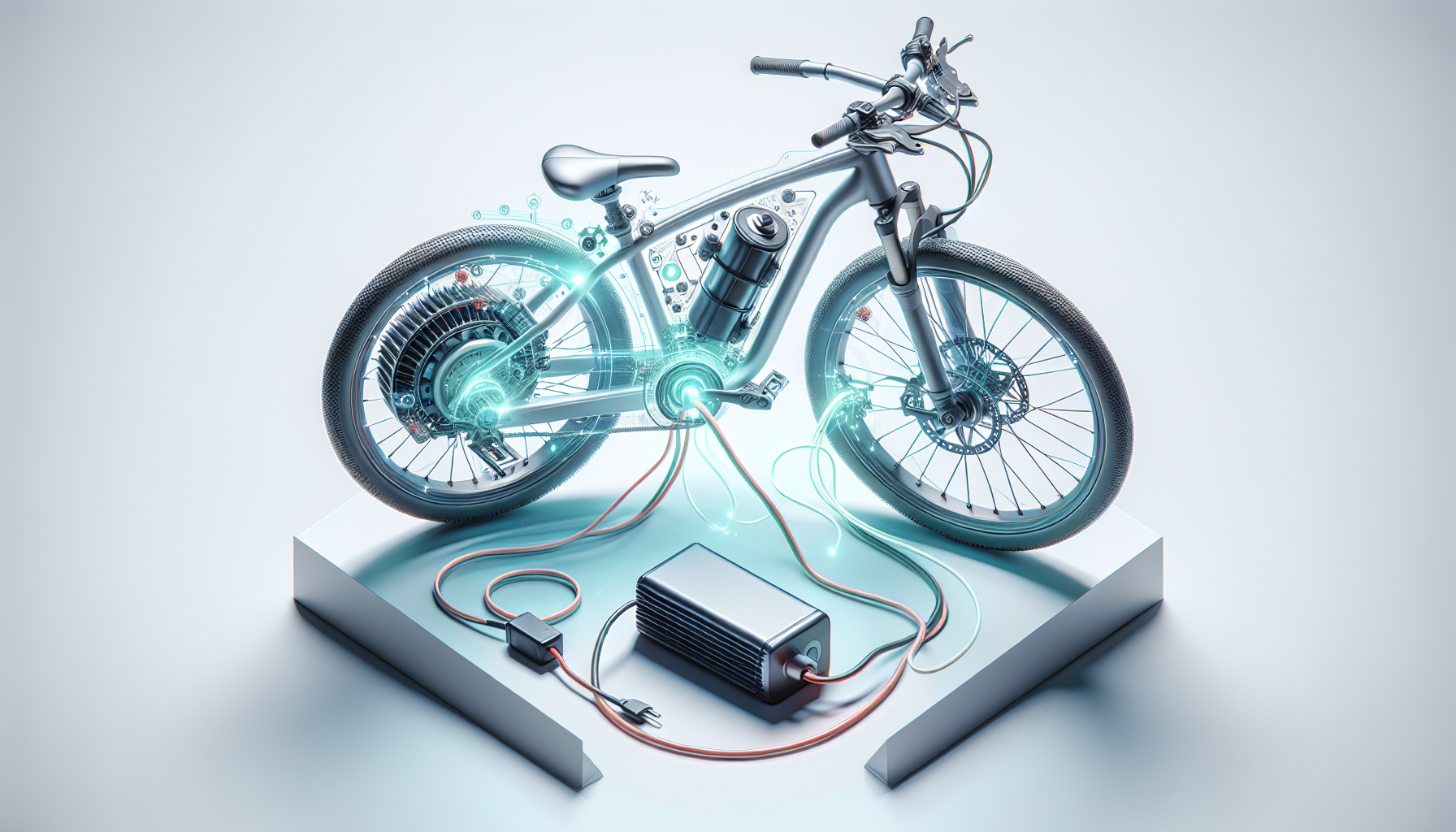
The operations of an e-bike rely on three main components: the electric motor, battery, and controller. These parts work in harmony, each playing a crucial role in how the e-bike functions.
Electric Motor – Motor Power the Heart of the E-Bike
The e-bike’s electric motor, also known as electric assist, can be likened to its heart, pumping motor power and bringing your ride to life. It takes electrical energy and converts it into mechanical energy, providing the oomph that propels the bike forward. Motors come in different types, such as hub motors and mid-drive motors, each offering their unique benefits.
Hub Motor vs. Mid-Drive Motor: Understanding the Differences
When selecting an e-bike, understanding the type of motor it uses is crucial. The two primary types are hub motors and mid-drive motors, each with its own set of characteristics.
Hub Motor – The Wheel's Power Source
A hub motor is integrated into the hub of the bike's wheel, either the front or the rear. This type of motor propels the bike by directly spinning the wheel. There are two types of hub motors:
- Direct-Drive Hub Motors: These offer a quiet ride and have a simple design with fewer moving parts, which means less maintenance. They can handle higher power levels and can even provide regenerative braking, which recharges the battery slightly when you brake.
- Geared Hub Motors: These are lighter and smaller than direct-drive motors and can provide more torque. However, they may not be as durable due to the additional internal gears.
Hub motors are often less expensive and easier to install or replace due to their position in the wheel. They're a good choice for riders looking for a maintenance-friendly option and for those who prefer a bike that feels more like a traditional bicycle with the added benefit of electrical assistance.
Mid-Drive Motor – The Central Powerhouse
Mid-drive motors are located at the bike's bottom bracket, where the crank arms are attached. They offer several advantages:
- Weight Distribution: Because they're centrally located, mid-drive motors provide better weight distribution, which can improve the bike's balance and handling.
- Efficiency: Mid-drive motors can be more efficient than hub motors, especially on hilly terrain, as they can leverage the bike's gears. This means the motor works in synergy with the rider's pedaling, making it easier to climb steep inclines.
- Performance: Many cycling enthusiasts prefer mid-drive motors for their natural bike-like feel and performance. They're also typically more powerful and responsive than hub motors.
However, mid-drive motors can be more complex and may require more maintenance than their hub motor counterparts. They involve more moving parts and are integrated with the bike's gears, which means they can be subject to more wear and tear, especially in challenging riding conditions.
As a result, it's important for riders to consider the potential need for more frequent tune-ups and repairs when choosing a mid-drive motor system. Despite this, many riders find the performance benefits of mid-drive motors to be well worth the extra care they require.
The power output of the motor can also vary, with most e-bike motors offering a range between 250 and 900 watts. Depending on the type, the motor is typically located at the bottom bracket or closer to the center of the bike. This strategic placement helps distribute the weight evenly, improving the bike’s balance and handling.
Battery – The Powerhouse
The battery, serving as the e-bike’s powerhouse, supplies the necessary energy for the motor to function. It delivers power to the motor at a specific voltage that suits the e-bike’s design, thus affecting how fast the bike can go.
However, the distance an e-bike can cover on a single charge—or its range—is influenced by several factors. These include:
- The battery’s charge level and capacity
- The weight the bike is carrying
- The terrain
- The weather conditions
It’s worth noting that if you’re considering a battery replacement, it’s best to stick with the same manufacturer and spec to maintain your e-bike’s performance.
Controller – The Brain Behind the Operation
Acting as the e-bike’s brain, the controller processes the rider’s inputs and determines the amount of power to relay from the battery to the motor. This decision-making process uses a method called Pulse Width Modulation (PWM), which controls the power flow to the motor.
The controller also allows riders to select their desired level of assistance, offering different power modes that can be adjusted according to your needs and riding conditions. This is usually done via a controller mounted on the handlebar, giving you complete control over your ride.
Pedal Assist vs. Throttle Mode: How E-Bikes Provide Extra Boost
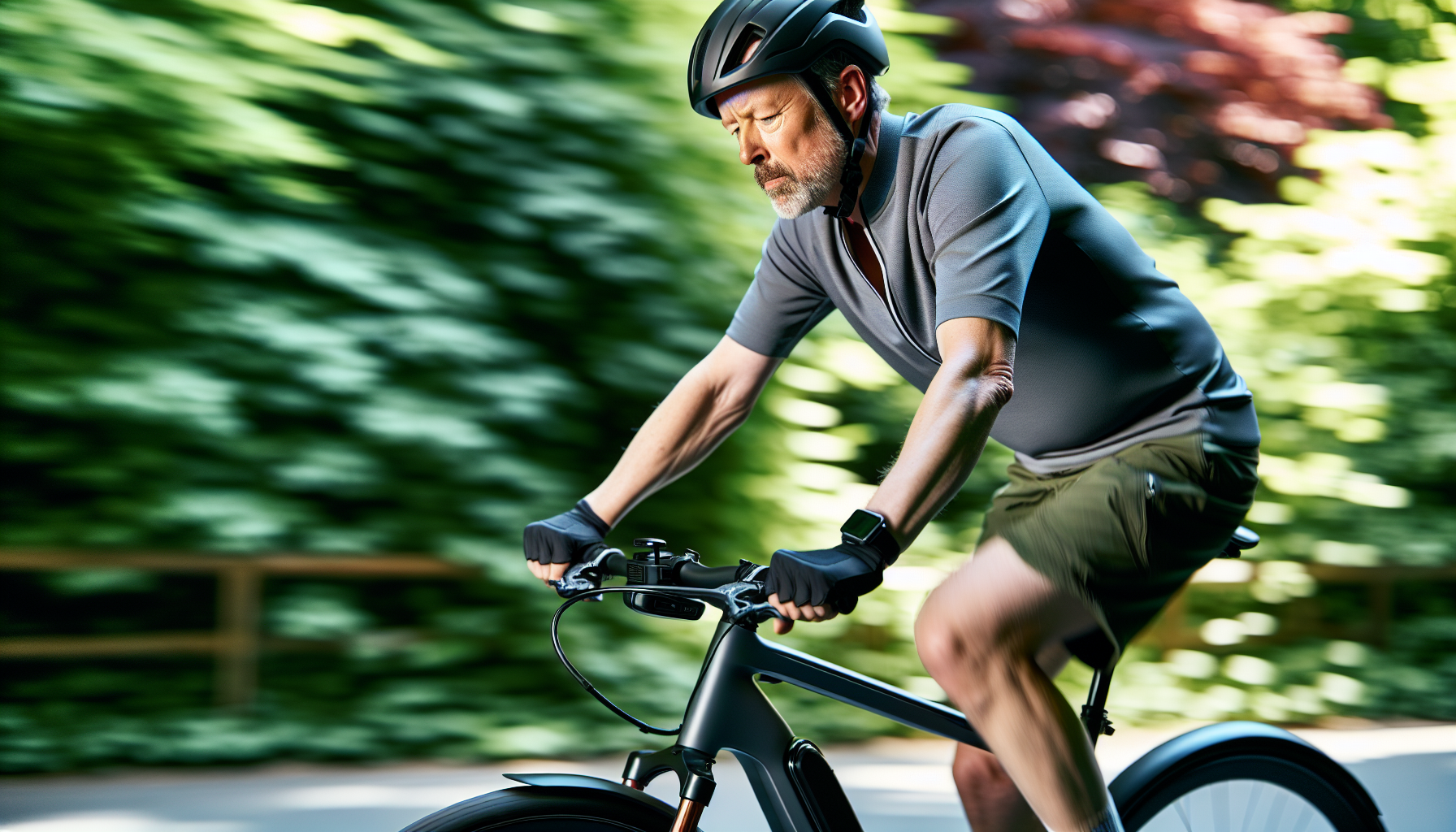
Pedal-assist and throttle mode are the two primary modes of assistance provided by e-bikes. Pedal assist, as the name suggests, lends you a helping hand as you pedal. It detects your pedaling effort and adds a boost, making your ride easier and potentially faster. On the other hand, throttle mode works similarly to a motorcycle or scooter. It allows you to control the motor directly, giving you immediate speed without the need for pedaling.
Both modes have their advantages. Pedal assist is great for exercise and allows you to continue pedaling even if the battery dies, harnessing your own pedal power. However, e-bikes with this mode tend to be pricier and heavier.
Throttle mode, on the other hand, offers easy speed but can drain the battery quicker than pedal assist.
The Legalities of E-Biking: Speed Limits and Classifications
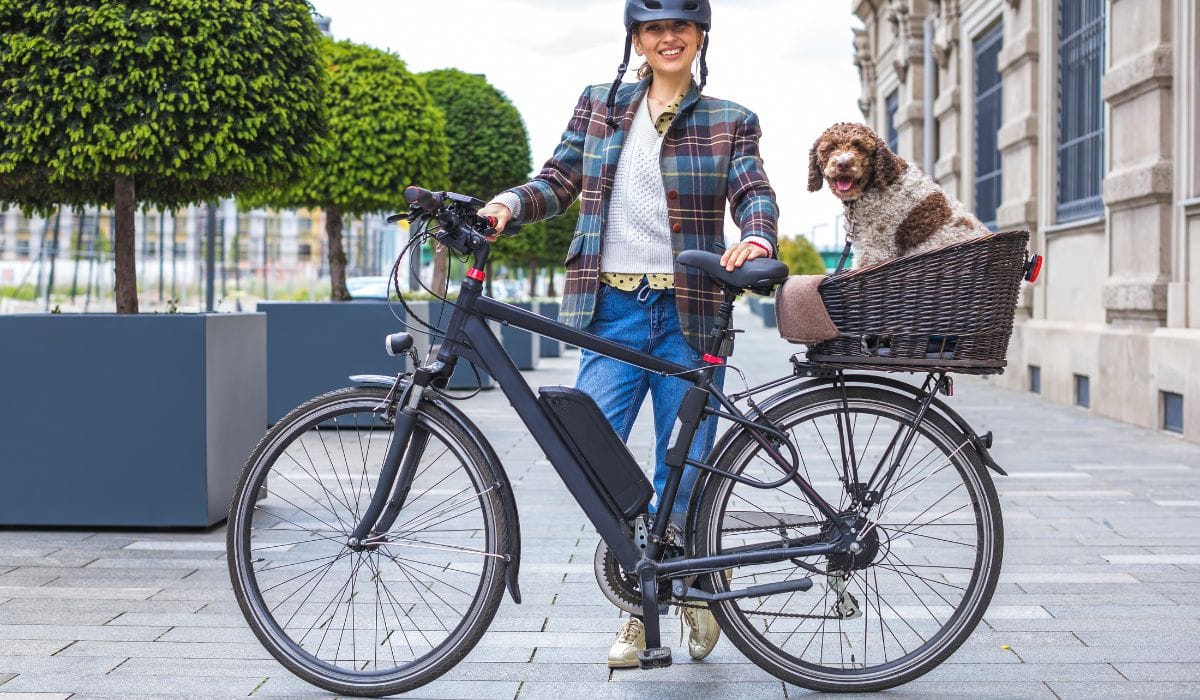
Regarding speed, e-bikes are not all made the same. They are classified into three categories:
- A Class 1 ebike can reach speeds up to 20 mph with motor assistance only kicking in when you pedal. Pedaling is required for the motor assistance.
- A Class 2 ebike also max out at 20 mph, but the motor can be used without pedaling.
- A Class 3 ebike can reach speeds of up to 28 mph, but their usage is subject to varying state laws. Pedaling is not required for motor to work.
Different regions have different rules, which can affect the maximum assisted speed of e-bikes, as well as their maximum speed.
For instance:
- In the USA, regulations vary by state, but in general terms they follow the 3-Class system.
- In Canada, e-bikes are governed by both provincial and federal regulations. Federally, an e-bike is considered a "power-assisted bicycle" if it has handlebars and operable pedals, an electric motor of 500 watts or less, and a maximum speed capability of 32 km/h. Provinces may have additional rules, such as helmet requirements and minimum rider age. It's important for riders to check their specific provincial laws to ensure compliance.
- In the UK, e-bikes must conform to EAPC rules and are considered similar to regular bikes if their motor doesn’t exceed 250 watts and only assists up to 15.5 mph.
- The European Union caps e-bike speed at 25 km/h or 15.5 mph.
- In Australia, the motor must cut out at 25 km/h.
- In the USA, regulations vary by state, but in general terms they follow the 3-Class system.
E-Bike Varieties: One for Every Rider
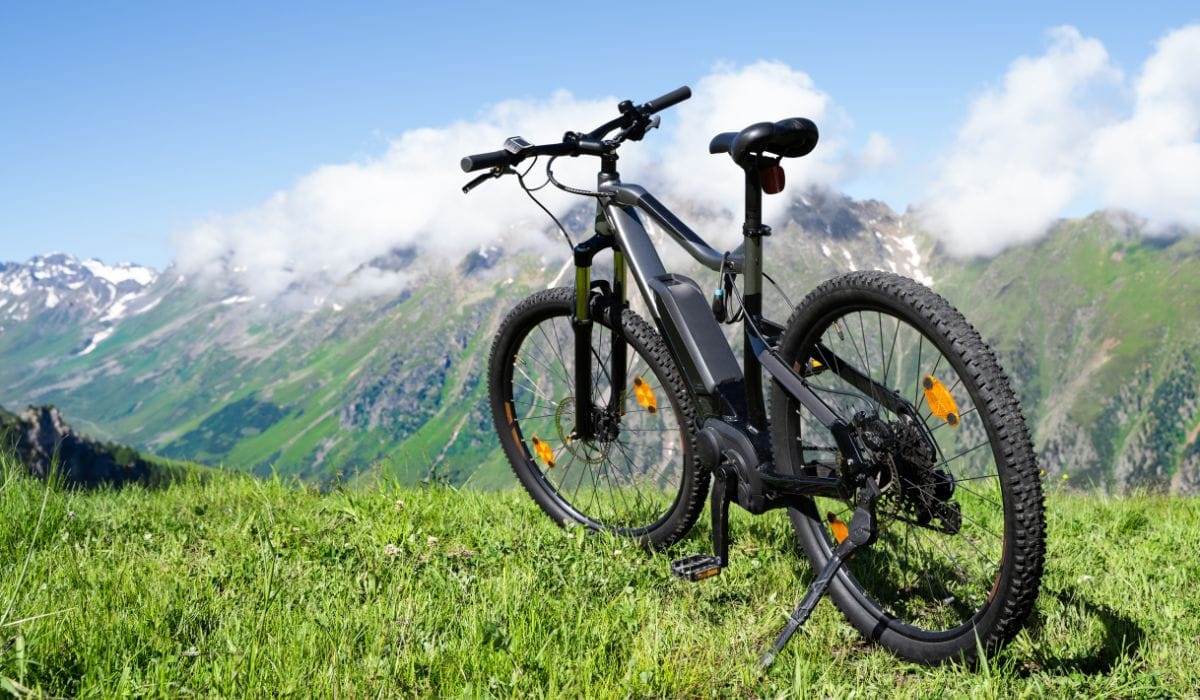
There are a variety of e-bike designs available to meet the needs of each rider. You can choose from:
- Cruiser ebikes, designed for a relaxed and comfortable ride
- Commuter ebikes, perfect for daily commuting with features like fenders and racks
- Mountain ebikes, built for off-road adventures with rugged tires and suspension
- Road ebikes, designed for speed and efficiency on paved roads
Each e-bike design is tailored to a specific riding style or purpose. For instance, hybrid e-bikes are designed to be versatile and comfortable with wider tires and an upright riding position, much like mountain bikes. On the other hand, traditional e-bikes bear a sleek resemblance to high-quality street bikes.
If you’re an off-road enthusiast, electric mountain bikes might be your best bet. They come equipped with:
- Adjustable pedal and motor assistance
- Customizable features
- Eco-friendly travel with rechargeable batteries
- Specialized cogsets for off-road performance
On the other hand, electric bicycles can spice up your daily commute or long-distance rides on bike paths by giving you that extra power boost, making your cycling experience more enjoyable and less tiring as electric bikes go. So, how fast do electric bikes actually go?
Weight and Handling: Maneuvering an E-Bike
E-bikes, with their extra components, typically weigh more than traditional bikes. An average e-bike weighs around 55 lb, almost double the weight of a regular bicycle. The added weight primarily comes from the motor and battery.
However, despite their weight, e-bikes are not necessarily more challenging to handle. Not only does pedal-assist help with pedaling, but the design aspects of e-bikes, such as frame, handlebars, and seat positioning, also factor in to balance the increased weight for easier handling.
Nonetheless, the extra weight can affect the bike’s stability when carrying heavy loads and make quick maneuvers or sharp turns a bit more challenging.
E-Bike Range: How Far Can You Go?
Several factors influence an e-bike’s range, that is, the distance you can travel on one charge. These include the battery’s capacity, the terrain, and the rider’s weight. On average, most e-bikes offer a range between 20 to 100 miles on a single charge.
The battery size plays a crucial role in determining the e-bike’s range. A larger battery can provide more power, hence allowing you to cover longer distances. However, the rider’s weight can also impact the range. A heavier rider might use up more battery power, especially going uphill, resulting in a shorter range.
Maintenance Matters: Keeping Your E-Bike in Top Condition
Maintaining an e-bike in top condition requires regular maintenance, as with any other vehicle. Basic maintenance tasks include:
- Cleaning the e-bike
- Lubricating the drivetrain
- Maintaining proper tire pressure
- Checking for loose bolts
- Inspecting the brake pads
A particular component that requires regular attention is the chain. It is recommended to clean the chain every 100-150 miles or once a week if you ride most days on pavement in dry conditions. Also, tire pressure should be checked before each ride to ensure a smooth and safe journey.
Embracing the E-Bike Lifestyle: Health and Environmental Perks
E-biking delivers more than just fun; it also encourages a healthy and eco-friendly lifestyle. E-biking can provide a robust workout, especially for those who aren’t keen on traditional forms of exercise. It allows you to cover more substantial distances and tackle tougher routes, helping you maintain fitness and wellbeing.
E-bikes are also an excellent option for reducing carbon emissions, making them a more sustainable mode of transportation than cars. They produce significantly fewer emissions, helping to lower your carbon footprint and contribute to a healthier environment. By choosing a commuter e-bike over a car for shorter trips, you can also reduce your reliance on fossil fuels, making a positive impact in the fight against climate change.
E-Bike Accessories and Customizations
You can accessorize and customize e-bikes to align with your personal taste and enrich your riding journey. For instance, additional batteries can extend the range of your e-bike, giving you more power for longer rides.
For safety, especially when riding at night, lights are essential. Front lights help you see where you’re going, while rear lights ensure other road users see you. Other customizations could include a comfortable suspension system for bumpy rides or performance-enhancing features for added control when going downhill.
After all, owning an e-bike isn’t just about the ride—it’s about making it your own.
Checklist of Items to Compare eBikes Before You Buy
Before hopping onto the e-bike trend, several factors need to be taken into account.
First, comfort is key. Look for a bike with a comfortable seat, adjustable components, good tires, and a frame design that suits your riding style.
Quality is another critical consideration. High-end e-bikes usually come with better components such as motors, batteries, and drivetrains. So, look for brands known for quality.
Also, consider the battery capacity and range of the e-bike—these will determine how far you can ride on a single charge.
Here is an easy reference checklist you can copy and print (or use Button below to download printable PDF) to make your ebike research a little easier.
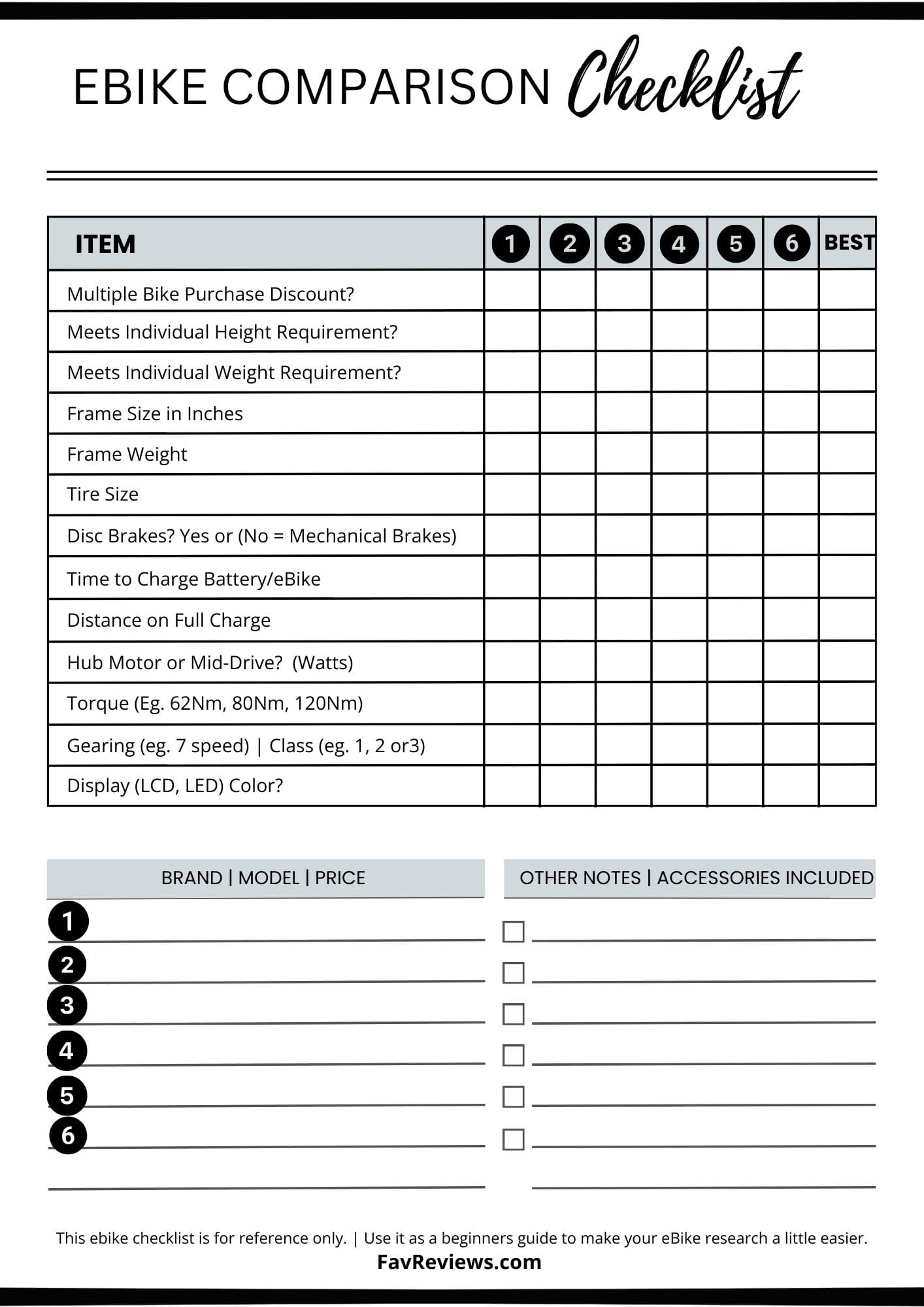
Lastly, think about the climate and terrain where you’ll be riding, the e-bike model, gears, motor position, battery quality, and weight—all these factors can influence your riding experience.
Summary
E-bikes offer a unique blend of traditional cycling and electric power, making them a versatile and practical mode of transportation.
They come in various styles and types, each designed to cater to different riding needs.
With their added components, e-bikes offer assistance in pedaling, making cycling easier and more enjoyable.
Regular maintenance can ensure your e-bike stays in top condition, and with the right accessories, you can tailor your e-bike to your liking.
Before investing in an e-bike, consider factors like comfort, component quality, battery capacity, and range.
Embrace the e-bike lifestyle for a healthier you and a healthier planet!
Happy cycling!
Your FAV Reviews Team
Frequently Asked Questions about Electric Bikes

What is the point of an electric bike?
The point of an electric bike is to help you ride farther and faster than on a traditional bicycle, thanks to its motor and battery. They can also come in handy for managing hills, traveling longer distances, and keeping up with traffic.
Do you still pedal on an electric bike?
Yes, on a Class 1 ebike, the motor only works when you pedal, with a max speed of 20 MPH. With Class 2 or Class 3 ebikes you have the option to use the motor without pedaling.
Can an ebike go 30 mph?
Yes, electric bikes can go 30 mph with larger motors, but most commonly they assist the rider in reaching speeds of 15.5 or 28 mph.
What's the fastest an e-bike can go legally?
The fastest an e-bike can legally go on public roads in most states is 28 MPH. In some states, like CA, they may be allowed on roads if you're over 16 and wearing a helmet.
Can an electric bike go 60 mph?
No, an electric bike cannot go 60 mph.
Why Trust Us?
We hope you find your next favorite thing from FavReviews! We are a family friendly product review site.
Four Generation Family: As a four generation family, the breadth of products we consume and review as brand ambassadors is vast. But we can tell you, in general, in we love the outdoors, sports, staying active, living healthy and celebrating the changing seasons.
Trending Products: We also love finding new trending products and we are happy to pass along our research of new trending products to you. Follow us so you don't miss out on a thing! We send out cool emails with our latest reviews, and we will never sell or misuse your information.
Opinions Based on Use, Research and Reviews: Each product we write about is independently selected by our editors. All opinions in this article are our own, based on our own use of the product(s), or hours of research and reading reviews. We will never recommend something we wouldn't use ourselves in our own family.
Compensation: Yes, FavReviews may collect a share of sales or other compensation from the links on this page if you decide to buy something (that's how we stay in business). But, the product never costs you more, in fact in some cases, we hope we might help save you money based on our recommendations.
Reviews have been edited for length and clarity. Enjoy finding your next favorite thing!
Happy Shopping!
Your FavReviews Team
____________________________________________________
BEHIND the SCENES LOOK: If you’d like to learn how to start your own product review blog, with products that you love, check out our article How to Become a Brand Ambassador or visit LearnWriteLive.com There is room for all of us to provide better service to online shoppers. What's your passion?






